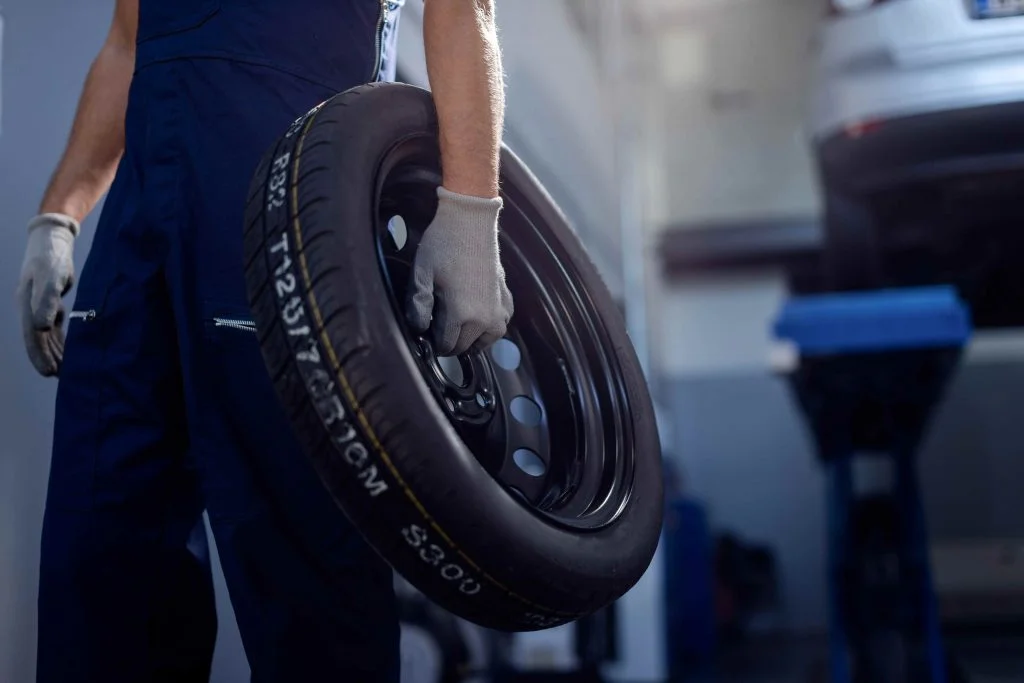As automobile enthusiasts, we often focus on the glitz and glamor of our vehicles – the sleek curves, the purring engines, and the speed they promise. However, amidst our admiration, we must not forget the importance of maintaining the often-overlooked components, such as the wheels. Proper wheel inspection is crucial not only for ensuring optimal performance but also for enhancing safety on the road. In this guide, we’ll explore five essential steps to master the art of effective wheel inspection.
Step 1: Visual Examination Begin your inspection with a visual scan of the wheels. Look for any signs of damage, such as cracks, bends, or corrosion. Pay close attention to the rims, as they are particularly susceptible to wear and tear. Additionally, check for uneven tire wear, which could indicate alignment issues or improper inflation.
Step 2: Tire Pressure Check Proper tire pressure is vital for ensuring optimal fuel efficiency, tire longevity, and overall safety. Utilize a reliable pressure gauge to measure the air pressure in each tire, including the spare. Refer to the vehicle manufacturer’s recommendations for the correct pressure levels, and adjust as necessary.
Step 3: Tread Depth Inspection The condition of your tire treads directly affects traction and grip on the road, especially in adverse weather conditions. Use a tread depth gauge to measure the depth of the tire treads. Replace tires that have worn down to the minimum depth recommended by the manufacturer to maintain adequate traction and prevent hydroplaning.
Step 4: Lug Nut Tightness Loose lug nuts can pose a significant safety hazard, potentially leading to wheel detachment while driving. With a torque wrench, check the tightness of the lug nuts to ensure they are properly secured according to the manufacturer’s specifications. Be diligent in this step, as over-tightening or under-tightening can cause damage to the wheel assembly.
Step 5: Brake Inspection Although not directly related to the wheels, brake components play a crucial role in vehicle safety. Inspect the brake pads, rotors, and calipers for signs of wear and damage. Replace any worn or damaged components promptly to maintain optimal braking performance.
By incorporating these five key steps into your routine maintenance regimen, you can ensure that your wheels remain in top condition, enhancing both the performance and safety of your vehicle. Remember, regular wheel inspection is not just a matter of convenience; it’s a responsibility that every conscientious driver should prioritize. So, the next time you admire your vehicle’s exterior, take a moment to appreciate the unsung heroes beneath – your wheels – and give them the attention they deserve.
